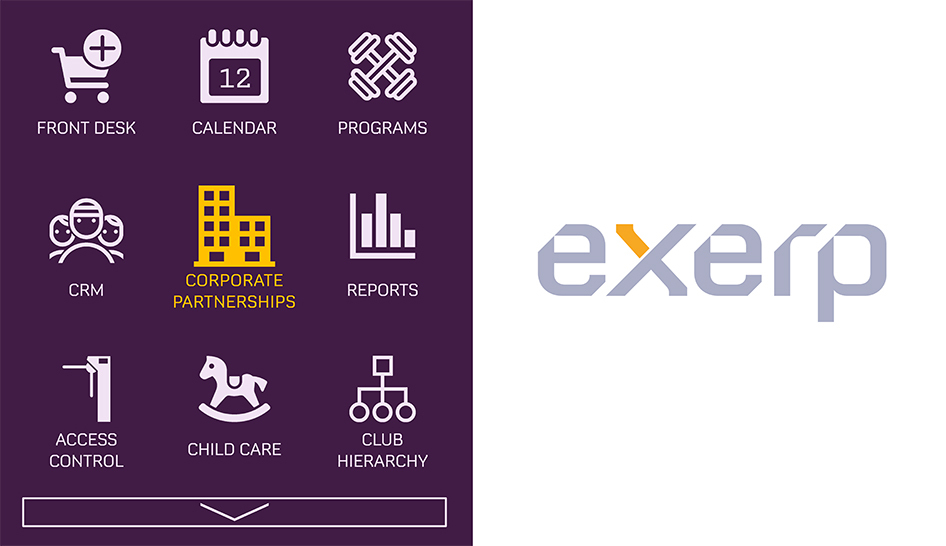According to IHRSA’s20 Million by 2030 report, corporate wellness offers a great target for club operators seeking to push revenues and member retention. When you consider that 56% of health insurance coverage in the U.S. is employer-based, the target makes great sense. Currently, approximately 70% of companies have some form of a wellness program, while 90% to 95% of large corporations offer programs that look at employee well-being.
The report notes the significant cost savings delivered by such corporate investment: studies show that wellness programs have a return on investment of $1.50 to $3 per dollar spent over a two- to nine-year timeframe. Healthy employees, healthy bottom line.
And, as the IHRSA report notes, clubs are a natural corporate wellness partner, providing corporate clients a variety of solutions to employers seeking to improve the well-being of their employees.
Taking a Different Approach to Corporate Sponsorships
Life Time, based in Chanhassen, MN, operates 155 clubs across the U.S. and Canada. The company currently has more than 1,700 active partnerships, encompassing nearly 50,000 members.
“The key differentiator between Life Time’s corporate partnership program and what most of us have experienced in terms of corporate programs at other clubs is that we don’t simply offer large group discounts,” notes Ryan Chapman, senior director, corporate partnerships at Life Time Inc. “We only partner with organizations that are willing to invest with us. Our model is not ‘the number of employees you have equals a 15% discount.”
Life Time’s agreement structure is fairly simple: it partners with companies that specifically contribute toward employees’ monthly dues and matches that contribution. Based on that approach, employees may perceive their memberships as being heavily discounted, but it’s actually the partner and Life Time matching subsidies on a full-price membership.
“We avoid doing any discounting and we also base the agreements on a usage model,” he says, “meaning your organization customizes the number of visits that are going to be required based on what your overall wellness objectives are.
“I’ll give you a couple of examples,” Chapman continues. “If you’re a small law firm and you’re just trying to recruit the best young talent coming out of law school, then maybe you’re fully subsidizing memberships. On the other end of that spectrum, if you’re Samsung Electronics America, you’re going to require eight or 10 visits a month in order to get the subsidy because statistically, that’s where your employees are actually getting healthier and costing less to insure. So, depending on the number of visits each employee logs, they either get their subsidies or they don’t. They have skin in the game.”

